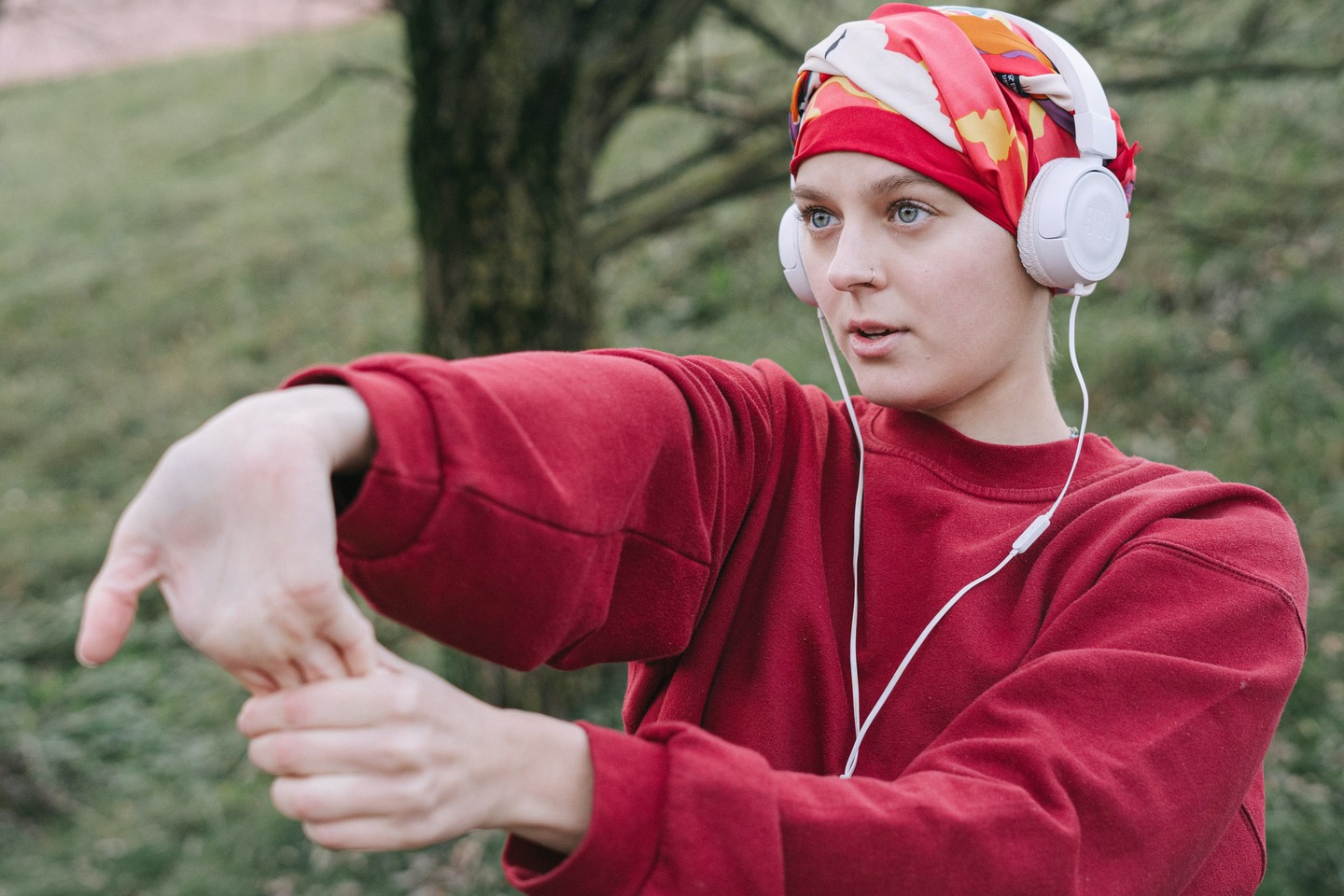Part 1, Article
There is life beyond running and weight training

Unveiling the Vital Role of Flexibility on Cancer Survivors!
While the influence of exercise training on cancer survivors is well-documented, it is crucial to delve into the facets of health-related physical fitness (such as cardiorespiratory fitness, muscle strength and endurance, body composition, and flexibility). Cancer treatments can curtail the range of motion, thereby limiting physical capabilities due to surgical procedures that induce scarring and tissue damage. In this context, tailored exercises are indispensable. Mobility and stretching —training method used to improve flexibility— play an essential role, providing a holistic approach to address these challenges.
Flexibility for cancer survivors
In 2010, a panel of experts convened by the American College of Sports Medicine published the first guidelines to develop exercise testing and prescription tailored for cancer survivors.[1] The panel emphasized that, in addition to classical aerobic and strength training modalities, cancer survivors should incorporate flexibility exercises into their routines. More recently, the Exercise and Sports Science Australia position statement recommended incorporating flexibility training to enhance the ability to perform daily activities with reduced risk of falls, discomfort, pain, or concern.[2] Furthermore, for patients who are severely deconditioned or nearing the end of life, prioritizing mobility training in their exercise prescription may be essential. These exercises, involving specific upper and lower-body movements with minimal or no external load, aim to systematically improve cardiovascular and respiratory function, neuromuscular strength and endurance, and flexibility capacities as deemed appropriate.[2]
Conclusions
Variety is key. Integrating mobility, stretching and complementary exercises could maximize the benefits of training. Combining strength, aerobic and flexibility training has been shown to amplify positive outcomes.
Author: Javier S. Morales; University of Cadiz.
Sources:
1. Schmitz, K.H.; Courneya, K.S.; Matthews, C.; Demark-Wahnefried, W.; Galvão, D.A.; Pinto, B.M.; Irwin, M.L.; Wolin, K.Y.; Segal, R.J.; Lucia, A.; et al. American college of sports medicine roundtable on exercise guidelines for cancer survivors. Med. Sci. Sports Exerc. 2010, 42, 1409–1426, doi:10.1249/MSS.0b013e3181e0c112.
2. Hayes, S.C.; Newton, R.U.; Spence, R.R.; Galvão, D.A. The Exercise and Sports Science Australia position statement: Exercise medicine in cancer management. J. Sci. Med. Sport 2019, 22, 1175–1199, doi:10.1016/j.jsams.2019.05.003.
